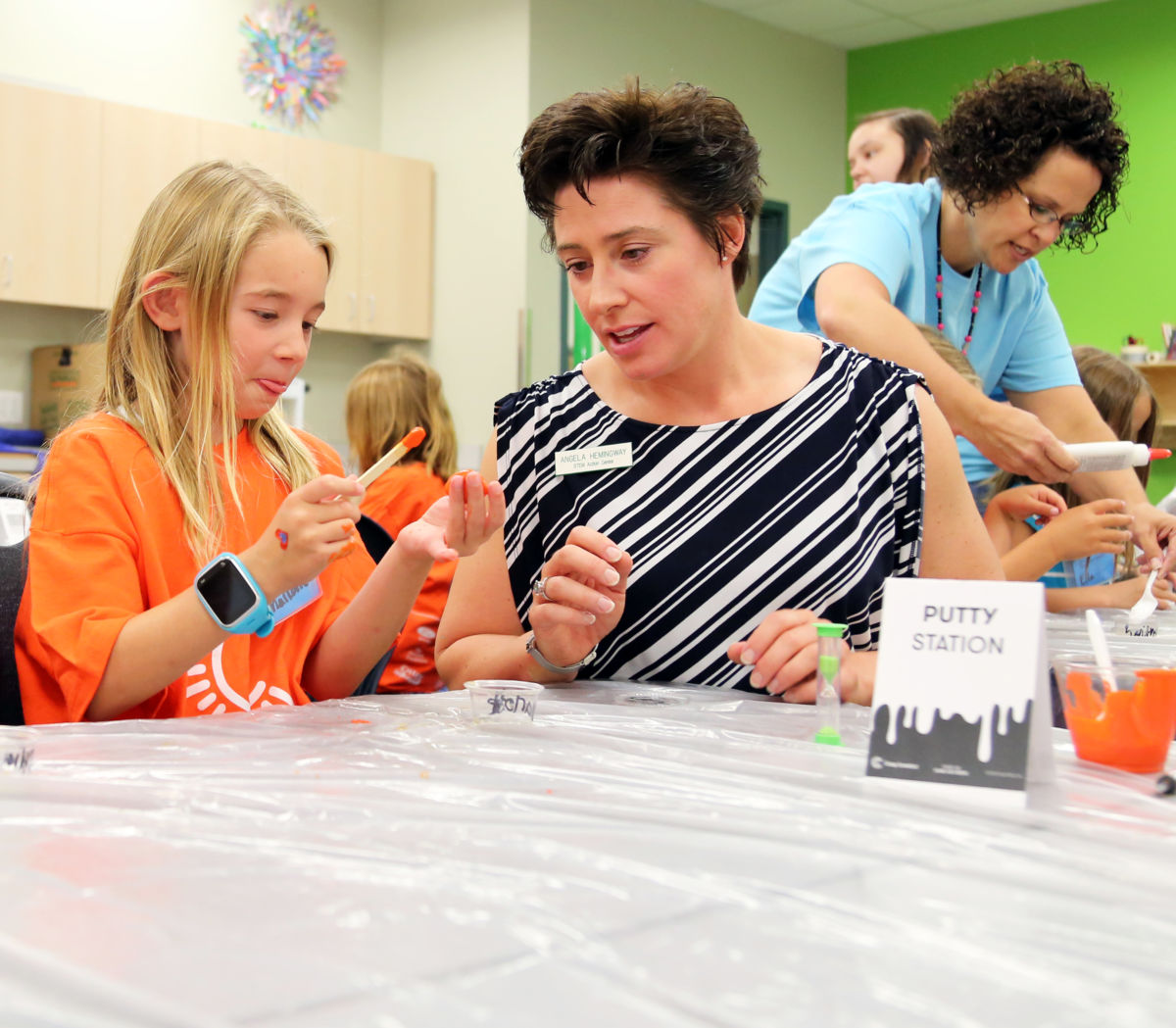(UPDATED, 8:58 p.m. Saturday, to reflect that the $2 million for the STEM Action Center computer science initiative would come in the form of spending authority.)
On Friday, legislative budget-writers heard a pitch from a small — but rapidly growing — piece of the education system.
STEM Action Center Executive Director Angela Hemingway pushed for a $4.5 million budget for 2017-18 — in raw numbers, an 85 percent increase from this year’s budget.

But $2 million of this is spending authority for Idaho’s new computer science initiative, money the center could spend if it comes in. Hemingway is hoping the $2 million will become an ongoing line item.
Idaho launched its computer science initiative six months ago, with pilot programs that have reached 35,000 students across Idaho. In 2017-18, and beyond, the center hopes to identify pilots that could go statewide, Hemingway told the Joint Finance-Appropriations Committee Friday morning.
Created to promote the “STEM” disciplines of science, technology, engineering and math, the action center started in 2015-16 with a shoestring $547,000 budget.
The center doesn’t have enough grant money to meet demand, Hemingway said. Even with industry support, the center has been able to fund only half of its grant requests this year.
The STEM Action Center’s operating model is built on industry support — and matching grants from the private sector. Grants are trending upward, Hemingway said Friday.
The center collected $72,200 in 2015-16. So far in 2016-17, the center has $119,000 in grants and pledges, she said.
However, she said, the center may need to create nonprofit a 501(c)3 foundation to work more effectively with industry donors.
Career-technical education
A 3.4 percent boost in career-technical education could help the state provide more training in high-demand, high-paying jobs, state career-technical education director Dwight Johnson said Friday morning.
The CTE division’s $64.2 million budget request includes nearly $1 million for high-priority programs, from medical lab technology at Coeur d’Alene’s North Idaho College to welding expansion at Idaho State University in Pocatello.
All told, the $1 million should help the state cut into waiting lists statewide, and serve an additional 75 to 80 students, Johnson said.
Under questioning in JFAC, Johnson conceded career-technical courses have a high sticker price. But Johnson also pointed to the return on investment. Graduates from high-priority CTE programs have a 100 percent job placement rate, and can land jobs paying up to $70,000 a year.
Johnson requested nearly $2.4 million to expand CTE postsecondary programs. Gov. Butch Otter scaled the proposal back to nearly $1 million, a budget designed to expand six high-priority programs around the state.
“The full request was a little much for us to swallow,” said David Hahn, an analyst with Otter’s Division of Financial Management.
More coverage: STEM students show off their projects at the Statehouse.
